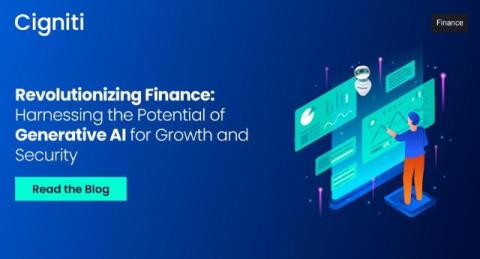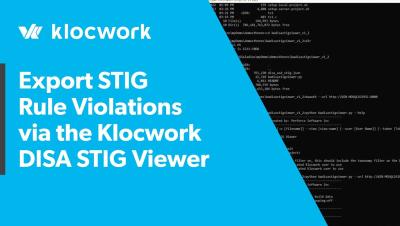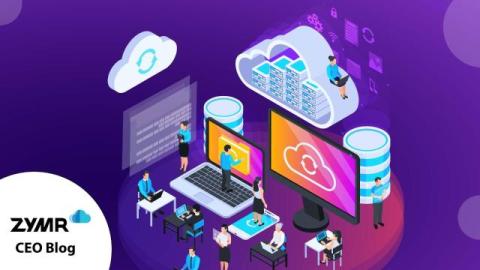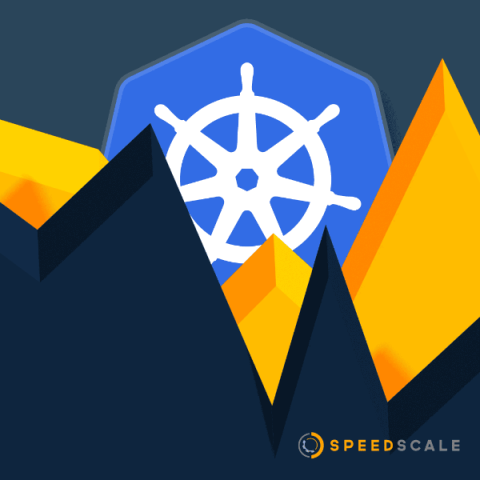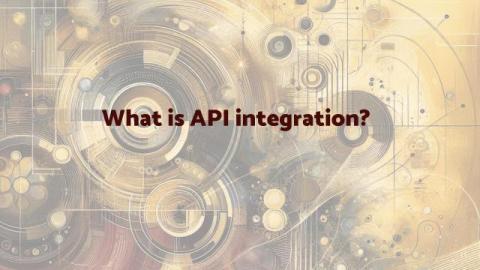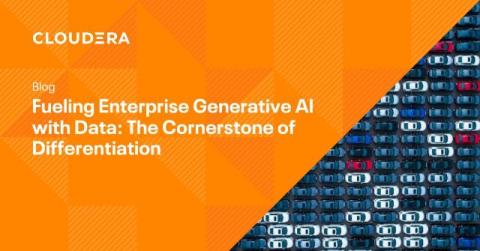Revolutionizing Finance: Harnessing the Potential of Generative AI for Growth and Security
Gartner predicts that generative AI will be a workforce partner for 90% of companies globally by 2025. However, Alexander Bant, Gartner Finance’s chief of research, expressed a contrasting view at the Gartner CFO & Finance Executive Conference in Sydney in February 2024. He noted, “The large majority of CFOs continue to be displeased with the performance of digital investments across their organization.”


